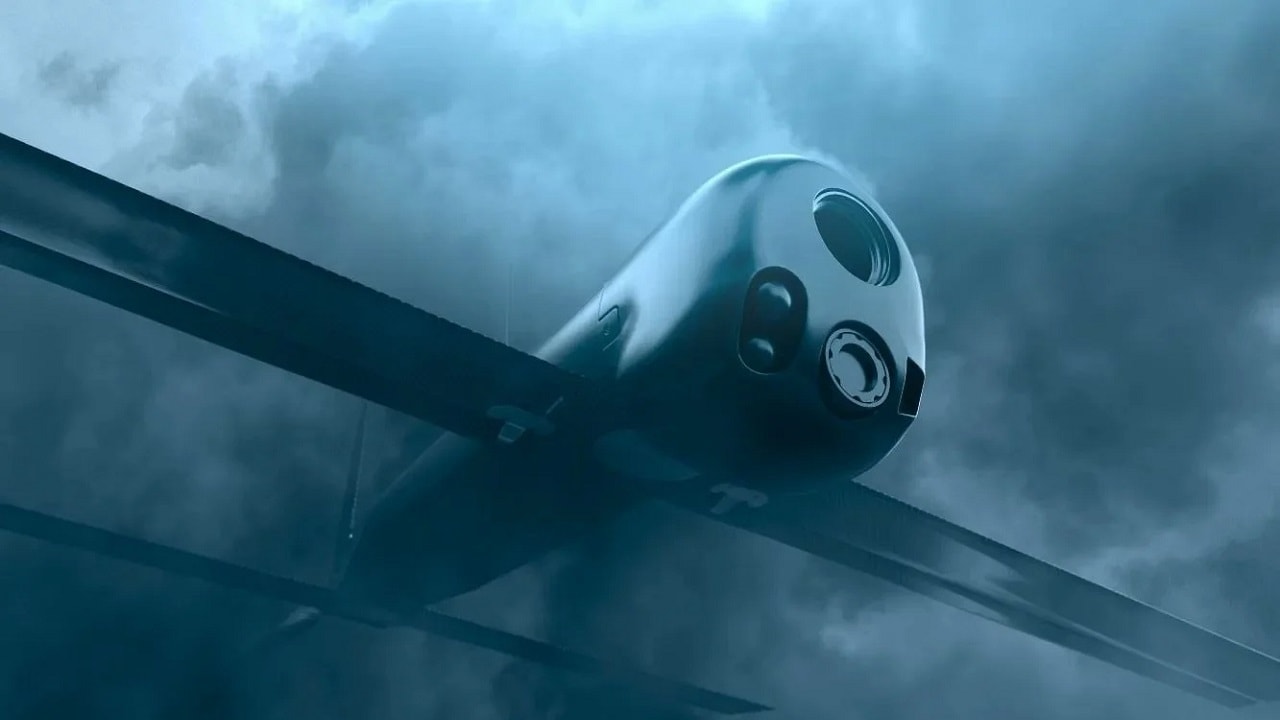Two Ukrainian kamikaze drones swooped in and caused a significant explosion at a Russian oil refinery. The suicide unmanned crafts slammed into the energy processing center near the Russian border on June 22. These loitering munitions fly overhead, sometimes circling, before quickly diving to crash into a target. The attack happened at the Novoshakhtinsk refinery in Russia’s Rostov region.
Asymmetric Attack with Suicide Drones
Video on Twitter showed a massive fireball caused by the drones with thick, black smoke billowing from the facility five miles from the border. No injuries were reported, and the Russians extinguished the fire, but this can be seen as an innovative tactical development by the Ukrainian military to conduct warfare against infrastructure that supplies the Russian military and civilian customers.
Russians Deny Oil Supply Hampered
The refinery will be offline indefinitely as the Russians assess the damage and attempt to fix it. Reuters called this site the “largest supplier of oil products in southern Russia.” Russian political leaders did not deny the attack, deciding instead to admit there was damage, but they say it won’t affect supply. The refinery can process 7.5 million tons of fossil fuel a year.
Phoenix Ghost Haunts Russia
The unmanned weapon is likely a Phoenix Ghost drone. One hundred and twenty-one of the loitering munitions were sent by the United States in May. The Phoenix Ghost is similar to the Switchblade drone that fits into a rucksack. The ghost was able to be adapted for use in Ukraine by an Air Force emerging technology office in Dayton, Ohio working in conjunction with the drone maker Aevex Aerospace.
“The Phoenix Ghost was rapidly developed by the Air Force, in response, specifically to Ukrainian requirements,” a senior defense official told reporters. “This is a great example of adapting to their needs in real time.”
Few Details Available on Phoenix Ghost But It Can Be a Killer
The ghost is easy to use and is meant for ground strikes for attack purposes. Ukrainians trained on the system in Germany and Poland. Other details about the Phoenix Ghost are classified such as its dimensions and the explosive payload it carries.
Incredible footage of what is said to be a Kamikaze attack by Ukrainian loitering munition on Novoshakhtinsky oil refinery in Rostov region, Russia.#Russia #Ukraine pic.twitter.com/AE3Oi9Df2h
— BlueSauron?️ (@Blue_Sauron) June 22, 2022
Cross-border Drone Warfare
Ukrainian reconnaissance drones have been spotted 140 miles from the border inside Russia and sometimes have been shot down by Vladimir Putin’s forces. A drone believed to be a Bayraktar TB2 drone was flying inside Russia near Kirsk – an area 62 miles from the border in the early days of the campaign.
Deep Strikes Into Russia
The Ukrainians will have gained confidence and know-how after the recent drone attack on the refinery. They are now able to infiltrate Russian airspace and engage in deep strikes with the loitering munitions. The TB2 can also be used to spot targets and adjust artillery fire when the Ukrainians shoot into Russian territory.
The Ukrainians, however, are “outgunned 20 to one in artillery and 40 to one in ammunition by Russian forces,” according to Western intelligence officials. So, Kyiv will have to depend on kamikaze drones to make up for their capability gap in artillery. Ukraine thus needs more loitering munitions, which may be easier to supply than the large artillery pieces. If the suicide drones can be effective on cross-border missions this could develop into a bright spot for Kyiv until friendly forces are trained on new artillery systems. The Ukrainian military will have to use asymmetric tactics with small, unmanned craft to continue bringing the fight to the enemy if they are to keep the Russians at bay in the Donbas region.
Now serving as 1945’s Defense and National Security Editor, Brent M. Eastwood, PhD, is the author of Humans, Machines, and Data: Future Trends in Warfare. He is an Emerging Threats expert and former U.S. Army Infantry officer. You can follow him on Twitter @BMEastwood.

